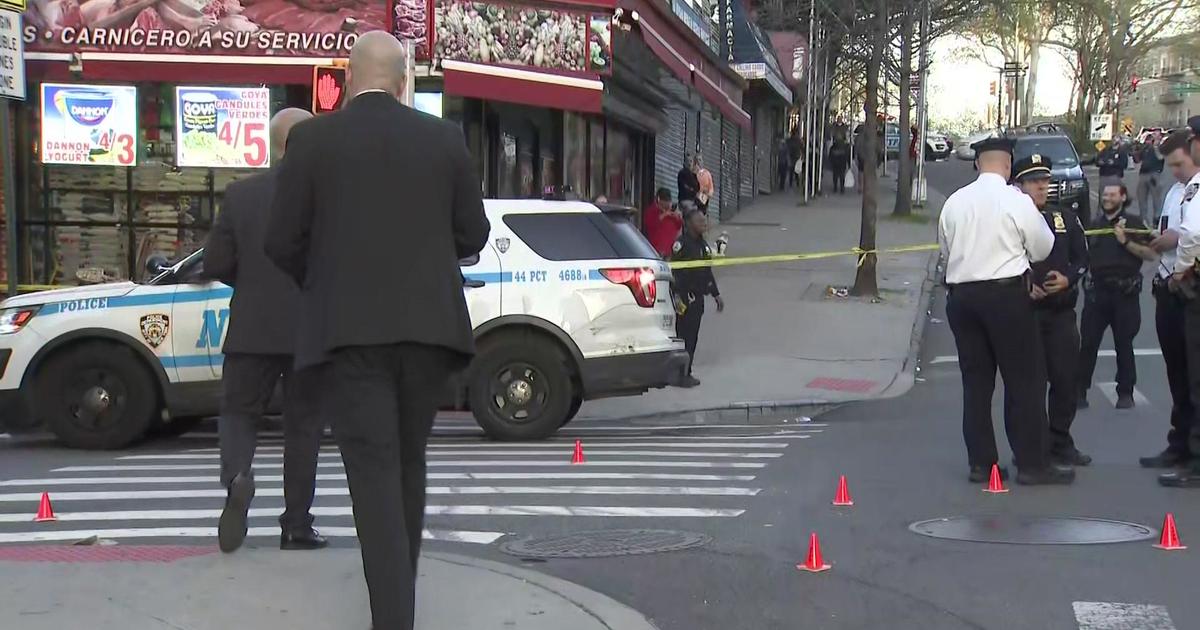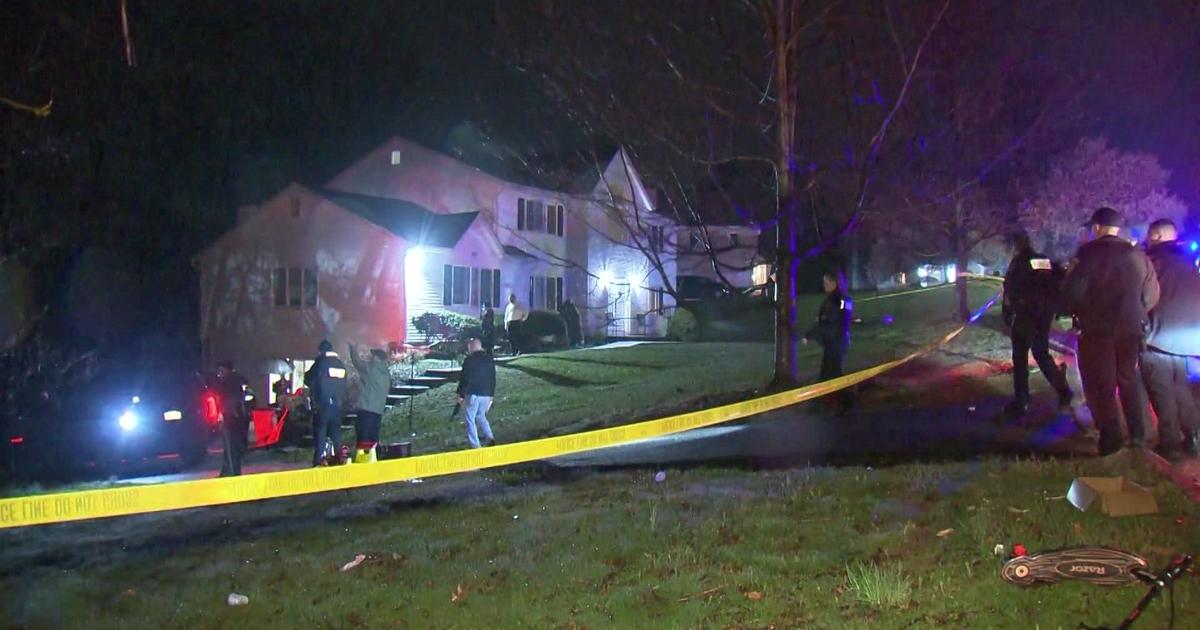One Man's Battle Against Breast Cancer
By Phil Pilato
The doctors at Sloan-Kettering had told me I would be able to get a time for the daily radiation treatments within a three-hour block - I had picked between 8 am and 11 am. I was told my appointment was 8:30.
Click Here to Read Phil's Last Blog
Great I thought I was the first or second appointment of the day. No they corrected me, the appointment was for 8:30 p.m. I went nuts. "That's ridiculous" I said. They agreed but said there was nothing they could do about it. I called Dr. Ho. She said she really had no control over scheduling, but that the machine I was going to be treated on was used for pediatric patients every morning and I would never get a morning appointment. Okay, I said but why didn't someone say this to me months ago - but still 8:30 at night was ridiculous. Never the less - that's when I went.
In the radiology department at Sloan-Kettering, in addition to asking my name and date of birth - like in the surgery and chemotherapy departments -- there is an added measure of security to make sure the right patient is getting the right dose of radiation - a photograph. Each day when I walk into the treatment room - they point to a monitor overhead which has my name and picture on it, if it's not my picture up there - then they've got the wrong patient info up.
After checking in at the desk, I wait in a waiting area until I'm called.
Once a technician or the receptionist says I can go in, I'm handed a locker key and told to head into the locker room to get changed into a robe. There's a men's locker/changing room and one for women.
Some men are getting prostate cancer treatments and must disrobe from the waist down. With breast cancer patients it's just the top that needs to be disrobed. I've got to take off all jewelry and chains, as well as my watch. I store them all in the locker, lock it and then head out another door - into another waiting room marked "Men's gowned waiting." It's actually a hall that's been partially sectioned off. There are four chairs behind a partition that rises four feet high. There are no clocks around, no magazines, although a few magazine racks, and the area looks like part of an older, worn institution, which it is.
After waiting what seems like ages, but was probably ten to fifteen minutes, I was called in by one of the technicians. They led me through an area that reminded me of NASA, a central area with technicians looking through huge glass plates into rooms with radiation machines in them.
I was led into a room with this huge machine in the center, with a board like the one I had the simulation on, complete with arms rests/restraints, and a clean sheet.
One of the technicians pointed to the overhead monitor - which had my name and picture on it and asked if that was me. "Yep", I replied and they said I should take off the robe and get on the board - which had been set up with all the settings from the simulation. I took off the robe and laid down on my back - arms over my head and in the arm holders, then one tech placed a pillow beneath my knees, while another took a sharpie marker to highlight the tattoos that were made by the nurse at the simulation.
Then the techs called out numbers to each other - "ISO 97.5" etc, and adjusted both me, (by pulling on the sheet I lay on - shuffling me back and forth an inch), and the board (raising, lowering, and moving it from side to side). Then the huge platter in front of me swiveled down and left and this huge box came up in it's place on the right. It was two ends of the same piece - sort of like the device in the Hayden planetarium to project stars and planets on the domed ceiling.
Then two red laser beams appeared from two black boxes on the ceiling and seemed to aim at my chest area - and then stopped.
Then one of the techs said to me "We're about ready to start - but we just want to get a doctor to sign off on this before we actually start your treatment. It'll only take about 10 minutes."
So I flexed my fingers - which had started to fall asleep and listened to the music which was on in the room, I was so fascinated with everything going on I hadn't even noticed it before.
After a few minutes, a doctor came in, looked at the markings on my chest and the settings and said it looks good to her.
Then, one of the techs came in and placed this pad on my chest - which he told me "This is the Bolus. Make sure every time you get your radiation, they put this on you. It's easy to forget but it protects your chest." He later told me it helps diffuse the radiation to prevent burning of the skin and other damage to the chest area from the radiation. It's made of some kind of gel and they covered it with what looked like Saran wrap and taped it in place on my chest. They would move it over my chest half-way through the radiation.
Finally, the tech said "Okay now we're gonna start. You may hear some buzzing - that's the machine - just don't move from the position you're in.' He then left the room.
The platter and box started rotating, some whirring sounds came from the platter side and then a loud buzz - a warning alarm - went on for about 10 seconds - and then stopped.
Then the platter and box rotated some more - clockwise - and the buzzer went off again.
Fourteen times this happened, with the platter rotating until it was directly over my head and finally off to my right. As it neared my head, I could see what was making the whirring sounds - it was a set of what looked like flat nails, sliding back and forth, allowing the radiation beam to be focused and refocused for each of the fourteen beams of radiation I was getting daily.
When all fourteen were done, the techs came back in the room and said "You're done for today".
They lowered the table board I was on, and slid it out from under the platter, asked me to raise my knees and pulled out the cushion they had placed there.
I got up and put the robe back on. I then asked about the laser beams I saw on the ceiling and whether they were using lasers to guide the radiation. One of the techs told me - no those boxes are infrared cameras. They were videotaping the sessions with infrared so as to guide the radiation. He then pointed to a large monitor on the side wall I couldn't see while lying down - and there was my upper body in infrared mode - all green, blue and red. I told him I looked like a character in Avatar. He looked, said "You know it does look like Avatar" and we both laughed.
Then I headed out of the room with the techs saying "We'll see you tomorrow".
"I'll see you then" I said, and went back into the locker room where I dressed, then handed back the locker key at the desk and went home for the night.
On the same day I was getting my first radiation treatment, my mother was also making a breakthrough. I had spoken with her pulmonary doctor, Dr. Lombardo, on Sunday and he told me the next day he would try to extubate my mother.
On Monday he pulled the tube out, and placed her on a Bi-Pap machine - and low and behold she began to breathe on her own. The Bi-Pap doesn't breathe for her but mixes pure oxygen with room air - sending it through an oxygen mask that fits very snugly to the face with straps that go around the head.
She was doing so well that on Tuesday, they sat her up in a geriatric chair with just a regular oxygen mask - the one we're all familiar with - with a thin elastic band holding it on her face. She was looking out the window, watching T.V., smiling, and generally enjoying herself. When I walked in the room I was amazed to see her off all the tubes - and still there.
Dr. Lombardo had told me he put a scope down her throat when he took out the tube in her mouth and throat and found no damage to her esophagus or vocal cords -- so she should have no trouble speaking or eating. I told my mother "Mom you can speak now you know" but she just shook her head from side to side indicating "No". I guess not being able to talk for nine months convinced her she couldn't.
Dr. Lombardo told me "I have to commend you Philip. If it wasn't for your advocating for your mother - I never would have tried to get her off the vent." "Where does she go from here?" I asked him. He said he would set up some speech and swallow therapy along with some physical therapy - not really enough to get her walking again - but enough to keep her muscles from atrophying.
However, by Wednesday, when I was heading to Dr. King for a follow-up visit on my surgery, I had to pull over to answer a phone call from Dr. Lombardo. He said my mother had developed a mucous plug - which was blocking one lung. He asked if we wanted her re-intubated. If she was re-intubated then she would be on the ventilator for the rest of her life. If we didn't intubate her and they were not able to clear the mucous plug then she could die. I told him I wanted to talk to my brothers and call him back - he said he needed a decision in a few minutes. The team was standing by to intubate her.
My brothers and I had a long discussion where we all agreed we didn't want Mom back on the machine for another 8 to 10 months or more of agony. We also realized we might be sending her to her maker quicker if they couldn't clear the plug. I called back Dr. Lombardo and told him our decision.
It was now in God's hands. I canceled my doctor's appointment - which I would have been late for anyway - and continued on to Sloan-Kettering for my radiation in a fog.
When I got out I rushed to my mother who was very stable. Dr. Lombardo told me they basically burped her. - flipping her over and tapping her back until she coughed up the mucous. He wanted to watch her a few days before trying some more aggressive therapies.
Over the next two weeks she went up and down again, doing great one day, alert, awake, watching T.V. with me, smiling and very responsive to lying in bed asleep tossing and turning. She developed more and more infections - and during her second week off the machine her heart rate zoomed up to 150 and they had to keep her on 100 percent oxygen mix. The doctors gave her heart medications to lower her heart rate - and they seemed to work - slowing down her heart rate to an acceptable rate - and she seemed to have stabilized again. At one point she was actually in a coma - completely unresponsive. The next day she was sitting up, watching T.V., smiling and very responsive to me and the doctors.
Dr. Lombardo said she was amazing . Dr. Lopez - her family doctor - said she had nine lives.
Dr. Lombardo also said he was confident he would get her breathing room air - off the Bi-Pap machine - as long as she didn't develop any more problems.
This past Sunday, her heart rate went down to 68 beats per minute, her oxygen saturation level was in the 90's and she was breathing fairly normally - occasionally hyperventilating - but within a few moments returning back to normal. Although she was responding to me with nods of her head, and waving her arms at me - she wouldn't open her eyes. I flipped on the T.V. and saw the movie "Moonstruck" was on. "Mom" I said, "Look it's your favorite movie "Moonstruck" . I turned up the volume and she stopped hyperventilating but still wouldn't open her eyes. I went home wondering if she were in another coma.
At 5:40 the next morning I got a call from the hospital. The house doctor told me my mother's heart had stopped, they were doing chest compressions to restart it, and did I want them to continue? Of course I said. I sat there in bed with my wife - just staring at the ceiling, wondering what if anything I should do.
Twenty minutes later the doctor called to tell me they couldn't restart my mother's heart, she had passed away.
I turned to my wife with tears in my eyes, told her - and we both hugged and cried.
Then I picked up the phone to call my brothers.
I then called the funeral home - she had a pre-arranged funeral that she and my father had set up years ago, and then I started to call the rest of my family and friends.
Finally, I got myself ready to head to Sloan-Kettering for my radiation treatment.
On the way I realized that my mother had died one week shy of the 4th anniversary of my father's death and I was almost half-way through my radiation.
Phil Pilato is an editor at 1010 WINS radio and a Councilmember of the Writers Guild East. In December of 2009 he was diagnosed with Stage Two Breast Cancer, rare in men. He decided to try to help other people better deal with the disease by blogging about his own experiences.



